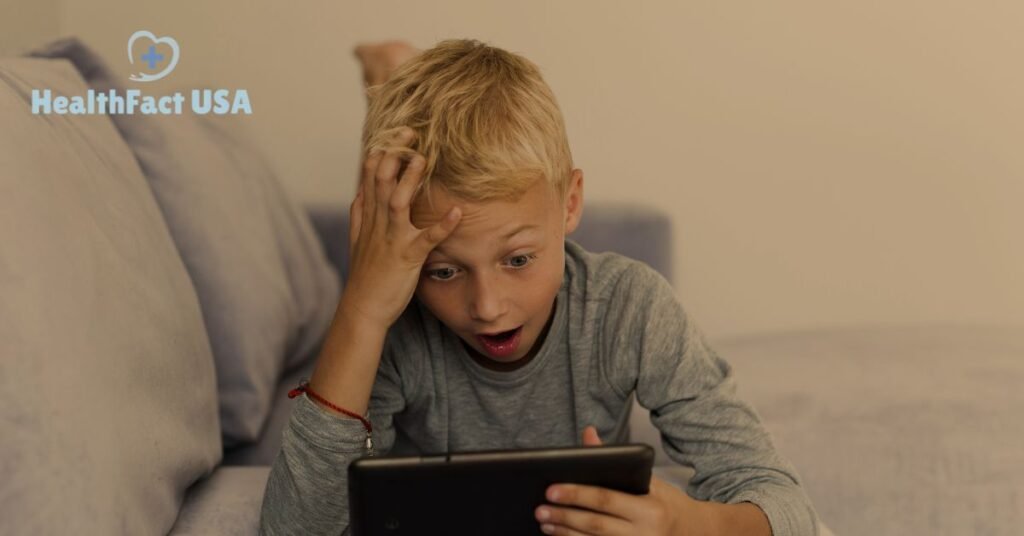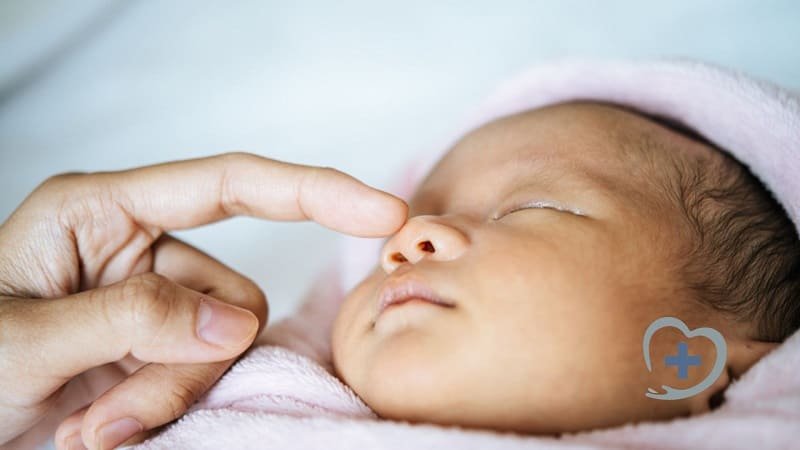Table of Contents
Introduction
In today’s digital age, screens have become an integral part of our daily lives. From online classes to video games, children are spending an increasing amount of time staring at screens. While technology has undoubtedly brought numerous educational and recreational benefits, it also comes with a downside: digital eye strain. This condition, also known as computer vision syndrome, is affecting a growing number of children worldwide. Let’s dive into what digital eye strain is, its symptoms, and how parents can help mitigate its effects.
What is Digital Eye Strain in kids?
Digital eye strain refers to a group of eye and vision-related problems that result from prolonged digital device use. This includes computers, tablets, e-readers, and smartphones. The strain on the eyes stems from factors like poor lighting, screen glare, or even the angle of the device relative to the user’s eyes.
Symptoms of Digital Eye Strain in Kids:
Children might not always communicate their discomfort, making it vital for parents and caregivers to recognize the signs:
- Red or dry eyes: This might be accompanied by itching or a burning sensation.
- Blurred vision: Difficulty focusing on the screen or objects in the distance after screen use.
- Headaches: Particularly those centered around the forehead or temples.
- Neck and shoulder pain: Often a result of poor posture during screen use.
- Increased sensitivity to light: Kids might squint or complain that lights seem too bright.
- Difficulty concentrating: This can sometimes be mistaken for attention disorders but might be a direct result of eye fatigue.
| Age Group | Recommended Screen Time | Additional Notes |
|---|---|---|
| Under 2 years | No screen time | Except for video chats with family to boost language & social skills. |
| 2-4 years | Max 1 hour/day | Co-watching with a parent can aid in language development. Excessive screen time can reduce active play and hinder language skills. |
| 5-17 years | Max 2 hours/day | Limit sedentary screen time. Ensure breaks and promote positive interactions. Avoid screens before bedtime for better sleep. |
Why Kids are More Susceptible to digital eye Strain:
Children’s eyes are still developing, making them more sensitive to the effects of blue light emitted by screens. Furthermore, kids might not be as aware of the need for regular breaks, often immersing themselves in digital activities for extended periods.
Tips to Prevent and Alleviate Digital Eye Strain in Kids:
- 20-20-20 Rule: Teach children to take a break every 20 minutes and look at something 20 feet away for at least 20 seconds. This reduces eye fatigue.
- Proper Screen Position: Ensure that the screen is at a comfortable angle, slightly below eye level.
- Limit Screen Time: Set boundaries for non-educational screen time. Encourage breaks and offline activities.
- Anti-glare Screens: Attach anti-glare protectors to screens to reduce the glare that can contribute to eye strain.
- Optimal Lighting: Ensure that the room lighting is adequate but not too bright. Avoid using screens in dark rooms.
- Regular Eye Check-ups: Regular eye exams can help detect and correct vision problems early.
FAQs on Digital Eye Strain in Kids
-
1. What is digital eye strain in kids?
Digital eye strain, also known as computer vision syndrome, refers to a group of vision and eye-related problems that arise from prolonged use of computers, smartphones, tablets, and other digital devices. In children, it results from extended periods of screen use without adequate breaks.
-
2. What are the primary symptoms of digital eye strain?
Symptoms include red or dry eyes, blurred vision, headaches, neck and shoulder pain, increased sensitivity to light, and difficulty concentrating.
-
3. Why are children more susceptible to digital eye strain?
Children's eyes are still developing, making them more sensitive to the blue light emitted by screens. Additionally, they might not recognize the need for regular breaks and can immerse themselves in digital activities for extended periods.
-
4. Is blue light from screens harmful to kids' eyes?
While the blue light from screens can contribute to digital eye strain, current research suggests it doesn't cause permanent damage to the eyes. However, excessive exposure can disrupt sleep patterns, especially if devices are used before bedtime.
-
5. How can digital eye strain be prevented?
To prevent digital eye strain, encourage kids to follow the 20-20-20 rule, maintain a proper screen position, limit overall screen time, use anti-glare screens, and ensure appropriate room lighting. Regular eye check-ups are also essential.
-
6. What is the 20-20-20 rule?
Every 20 minutes, children should take a 20-second break and focus on something at least 20 feet away. This brief pause can significantly reduce the symptoms of eye strain.
-
7. How often should children have their eyes checked?
Children should have an eye examination before they start school and then regularly as recommended by the eye care professional. These check-ups can detect any vision problems and assess the overall health of their eyes.
-
8. Can wearing glasses help reduce digital eye strain?
Yes, specially designed computer glasses with anti-reflective coating can help. They can reduce glare from screens and increase contrast, making it easier for kids to look at screens for extended periods.
-
9. Are there any apps or software that can help?
Yes, several apps and software solutions remind users to take breaks, adjust screen brightness, or use warmer tones in the evening to reduce blue light exposure.
-
10. Is digital eye strain a permanent condition?
No, digital eye strain is not permanent. However, continuous and prolonged exposure without taking preventive measures can lead to persistent discomfort. Regular breaks and following recommended guidelines can alleviate symptoms.






